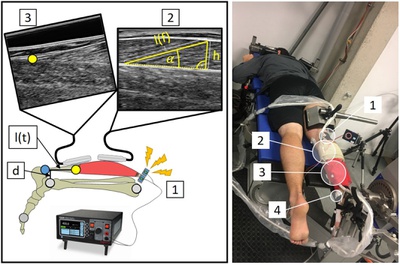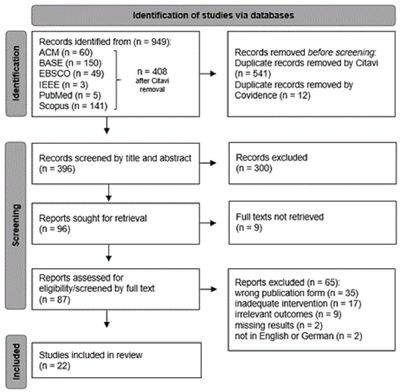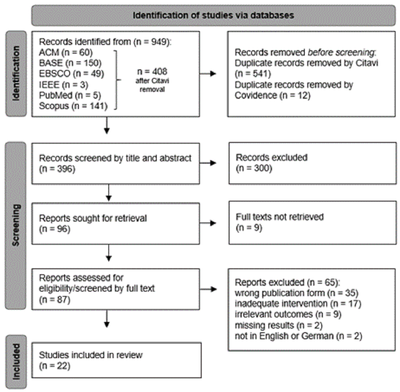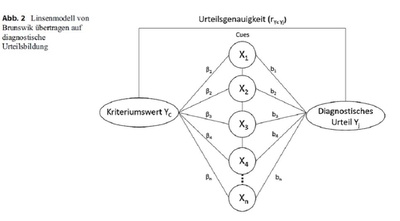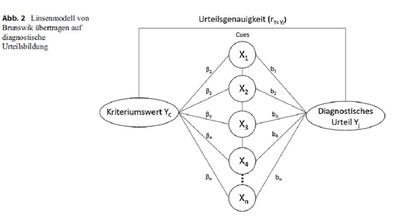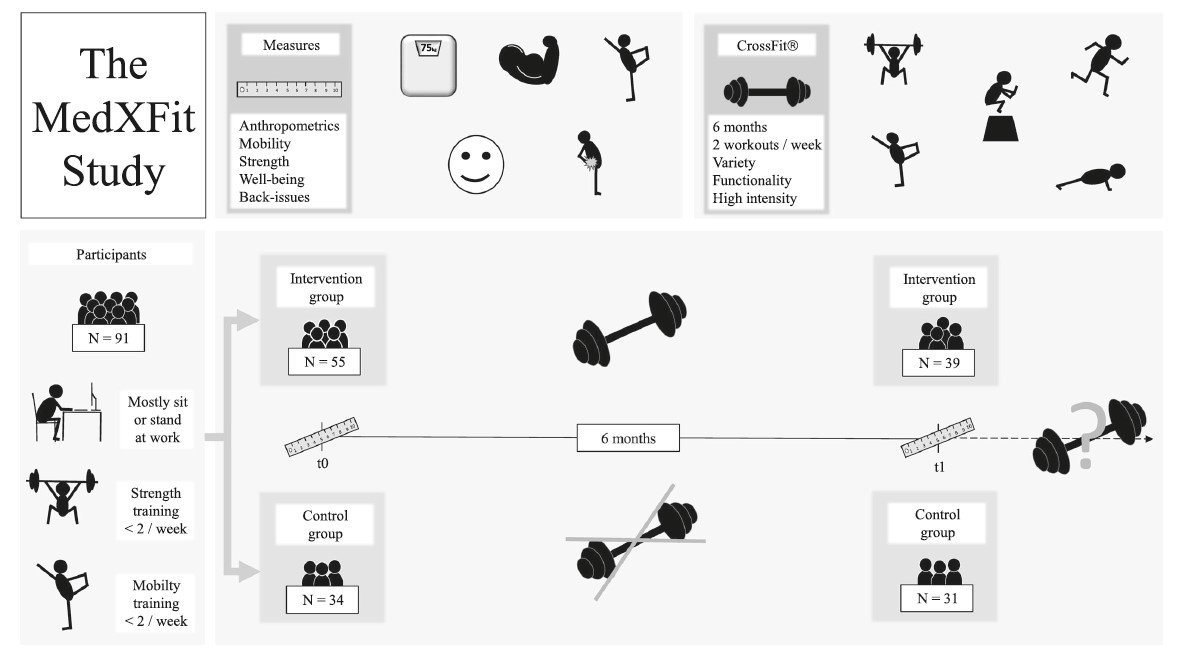
MedXFit—Effects of 6 months CrossFit® in sedentary and inactive employees: A prospective, controlled, longitudinal, intervention study
26 September 2022
Abstract:
Background and Aims: Sedentary behavior and physical inactivity are associated with musculoskeletal disorders (MSD). Muscle and mobility enhancing training is recommended to promote musculoskeletal fitness and prevent MSD. A functional fitness program emphasizing the importance of musculoskeletal fitness is provided by CrossFit®. However, data from long‐term CrossFit® interventions assessing measures of musculoskeletal fitness in sedentary and inactive individuals does not exist.
Methods: This prospective, controlled study investigates the effects of 6 months CrossFit® training (2×60 min/week) in inactive adults (in terms of <2 muscle or mobility enhancing training sessions per week) with predominantly sitting or standing occupations. 91 participants were initially assessed, 2 were excluded, 55 self‐selected for intervention (IG), and 34 for the control group (CG). Primary endpoint was a change in mobility (Functional Movement Screen score). Secondary endpoints were changed in strength (maximum isometric strength in kg; Dr. Wolff BackCheck®), and well‐being (WHO‐5 score). Key exploratory endpoints were changes in back‐issue measures (pain intensity, limitation, and frequency).
Results: 39 participants of IG and 31 of CG completed the evaluation after 6 months. The IG improved significantly more (p < 0.001) compared with the CG in the FMS (η² = 0.58), trunk extension (η² = 0.46), trunk flexion (η² = 0.47), trunk lateral flexion left (η² = 0.41), trunk lateral flexion right (η² = 0.42), upper body push (η² = 0.4), upper body pull (η² = 0.25), hip extension left (η² = 0.18), and hip extension right (η² = 0.4). Change of WHO‐5 scores did not significantly differ between groups (p = 0.55; η² = 0.01). Exploratory analysis of back‐issue data showed a higher decrease for pain intensity, limitation, and frequency in the IG compared with the CG.
Conclusion: This study proves for the first time within the scope of a prospective, controlled study the broad benefits of CrossFit® in inactive adults doing predominantly sedentary work.
doi:10.1002/hsr2.749
